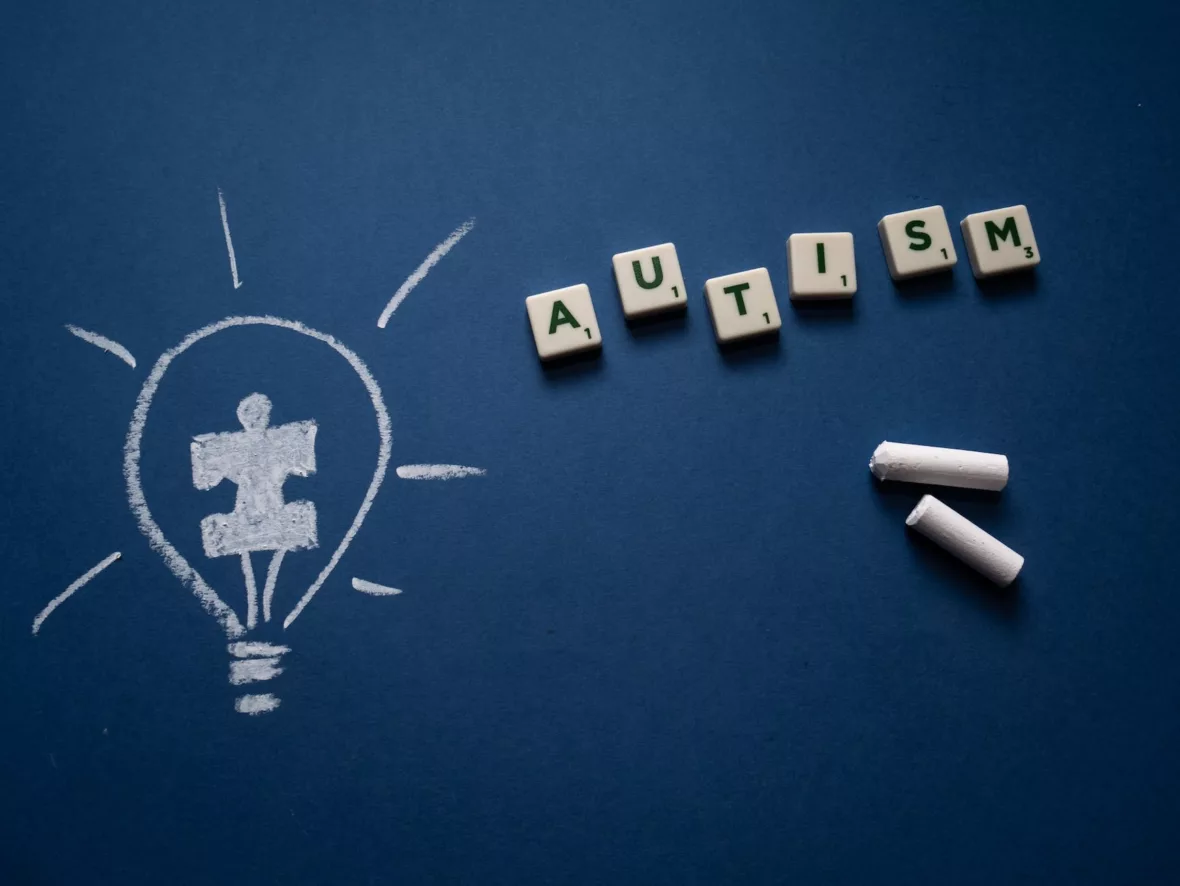The complex intersection of autism and ADHD is a topic of great significance, as it unravels the intricate relationship between these two conditions. The overlap and dual diagnosis of autism and ADHD has been a subject of interest due to the high prevalence of co-occurrence among individuals. Studies have shown that a substantial percentage of autistic individuals also present with ADHD, ranging from 30-80%. Despite this significant overlap, the Diagnostic and Statistical Manual of Mental Disorders (DSM) does not explicitly address this intersection, making it a relatively recent area of exploration.
This article aims to delve into the shared traits and characteristics of individuals with both autism and ADHD, highlighting the challenges they face and the coping mechanisms they employ. By adopting an objective and evidence-based approach, this article seeks to shed light on the complexities of navigating daily life and managing the sensory and social environments for individuals with this dual diagnosis. Through a thorough examination of the literature and personal experiences, this article aims to provide a comprehensive understanding of the complex intersection of autism and ADHD, offering insights into the unique experiences and perspectives of these individuals.
Key Takeaways
- There is a significant overlap between autism and ADHD, with studies showing that 30-80% of autistic individuals also have ADHD.
- Dual diagnosis of autism and ADHD was not possible until recently, and there is limited professional literature on the experience of having both conditions.
- Individuals with both autism and ADHD may experience constant conflict between contradictory traits, but these traits may also balance each other out.
- Managing daily life, organization, and navigating sensory and social environments can be challenging for individuals with both autism and ADHD.
Overlap and Co-Occurrence
The overlap and co-occurrence of autism and ADHD is a significant area of exploration, as studies have shown that 30-80% of autistic individuals also have ADHD, highlighting the need to better understand the complex intersection between these two neurodevelopmental disorders. The diagnostic criteria for autism and ADHD are distinct, with autism characterized by impairments in social interaction and communication, as well as restricted and repetitive patterns of behavior, and ADHD characterized by inattention, hyperactivity, and impulsivity. However, there are overlapping symptoms, such as difficulties with attention, executive functioning, and sensory processing. Treatment approaches for autism and ADHD also differ, with autism typically addressed through behavioral and educational interventions, while ADHD is often managed with medication and behavioral strategies. Further research is needed to develop comprehensive treatment approaches that address the unique challenges faced by individuals with both autism and ADHD.
Shared Traits and Characteristics
Shared traits and characteristics between individuals with both autism and ADHD can present a kaleidoscope of contrasting qualities and behaviors. These individuals often experience a constant conflict between the contradictory traits associated with both conditions. They may appear to balance each other out, with autistic traits being more noticeable outside of the home, while ADHD traits may dominate in familiar environments. Additionally, individuals with both autism and ADHD may exhibit a larger variety of special interests and hyperfixations, which can be intense but short-lived. The sensory and social environments can be particularly challenging for these individuals, and managing daily life and organization may pose difficulties. It is not uncommon for individuals with both autism and ADHD to experience imposter syndrome after an autism diagnosis, feeling different from other autistic people. Seeking support from neurodivergent communities can be beneficial in navigating the complex intersection of these two conditions.
Challenges and Coping Mechanisms
Challenges and coping mechanisms faced by individuals with both autism and ADHD can vary greatly due to the contrasting qualities and behaviors associated with these conditions. Managing daily life can be particularly challenging for these individuals. The combination of executive function difficulties from ADHD and sensory sensitivities from autism can make it difficult to stay organized and complete tasks. Additionally, the social challenges posed by both conditions can further complicate daily interactions and relationships. Individuals with both autism and ADHD may struggle with sensory overload in noisy or crowded environments, leading to increased anxiety and difficulty focusing. Coping mechanisms for these challenges can include developing structured routines, using visual aids and reminders for organization, and seeking support from therapists or support groups. It is important for individuals with both autism and ADHD to find strategies that work for them in managing daily life and navigating the sensory and social challenges they face.











